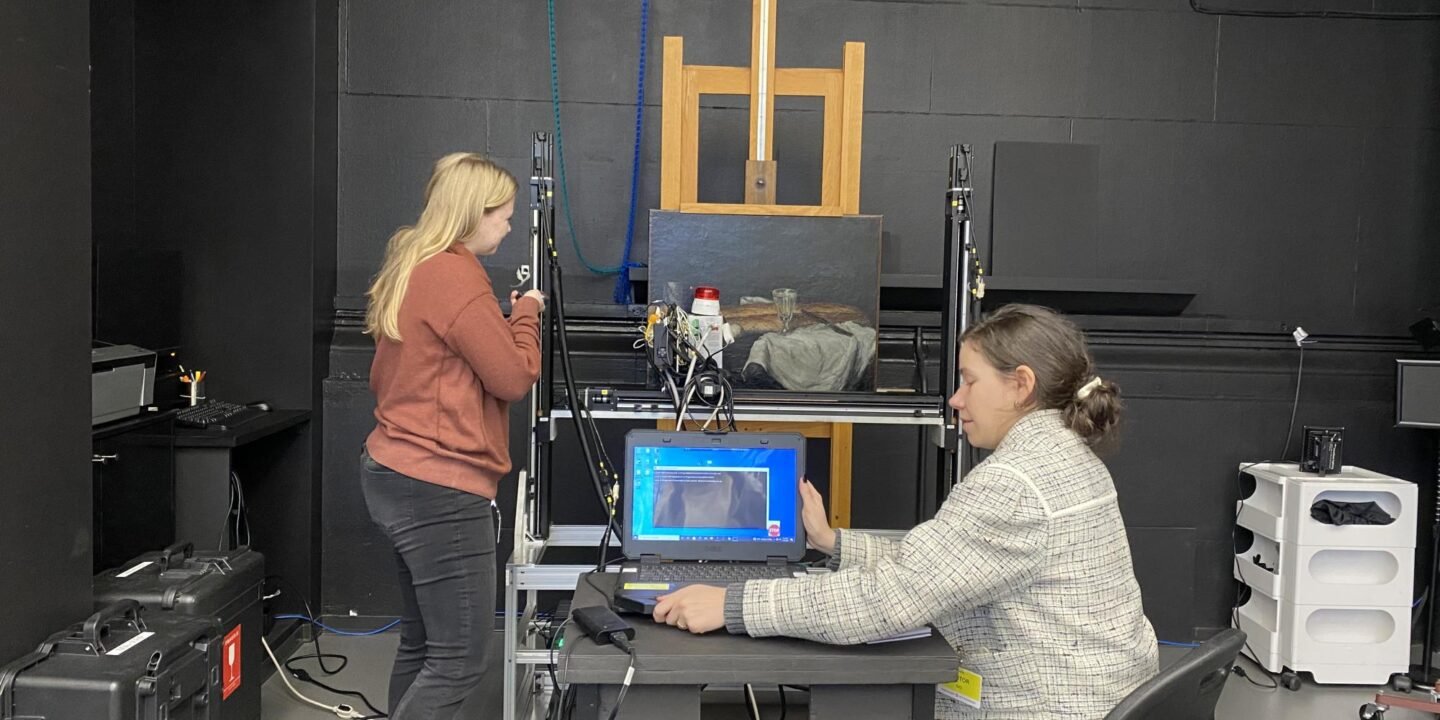
At the Center for Scientific Studies in the Arts, everything from ancient Egyptian textiles to kingfisher feathers can be explored through science-based experiments.
“An artwork is never just an artwork,” said McCormick Prof. Maria Kokkori, the program’s senior scientist.
Rather, the Center aims to encompass social, historical and scientific aspects of visual arts through a partnership between Northwestern and the Art Institute of Chicago.
Established in 2012, the Center focuses on “object-informed scientific research,” according to co-Director and McCormick Prof. Francesca Casadio. This entails a combination of education and research, employing a scientific approach to answer questions in the arts, such as how technology can be used to discover the underlying layers of a painting and how materials used for stop-motion animation can be preserved.
Casadio said the resources at both NU and the Art Institute give the Center access to a “powerhouse of art and science expertise.” Although its research aspirations are centered around visual art like textiles, sculptures and paintings, the operations are similar to any scientific lab. Additionally, the research results have applications in other fields like chemistry, biology and medicine, Kokkori said.
The Center’s interdisciplinary approach drew many of its core team members. Casadio, for instance, grew up in Italy, where “art is everywhere,” and said she’s always been interested in how things were made. Although her Ph.D. is in chemistry, Casadio was excited about the opportunity to apply her degree to the arts, which led her to become the first senior conservation scientist at the Art Institute.
Madeline Meier, one of two postdoctoral fellows at the Center, also has a background in chemistry and an interest in studying cultural heritage. Her research at the Center focuses on how objects were created, which she said provides an anthropological connection and leads to an understanding of society in a historical context.
One of her recent projects focused on tian-tsui, a Chinese art technique that was popularized during the Qing Dynasty. Tian-tsui utilizes bright blue kingfisher feathers for headdresses, jewelry and even screen panels.
Meier said her goal was to understand the “overall materiality” of the craft, and its use of structural colors — shades that look different based on the angle at which they are perceived.
For the study, researchers at the Center partnered with the Field Museum of Natural History to compare the feathers used in the artwork to the museum’s ornithology collection. Meier said she is particularly interested in studying featherworks because the art form spans vast geographical regions and time periods.
She highlighted how tian-tsui artifacts from China, along with other featherworks from Scandinavia and Peru, give insight into cultural traditions from around the world.
In another recent project at the Center, researchers used X-rays to detect the layers of a Paul Cézanne still life painting. Researchers have proven that Cézanne reused the canvas by painting over a portrait of a man; the discovery led to additional anthropological questions about whether this was a deliberate choice, Kokkori said.
Kokkori referred to the study of cultural heritage as a “Pandora’s box,” explaining how almost everything has to do with the study of culture. She emphasized “the absolute beauty of combining art and science” and the global connections that can be drawn from scientific analysis of artwork.
Casadio said the Center’s work provides a space for researchers in all disciplines to come together and combine their skills for a common goal. She said that even researchers with no prior expertise in the art industry can put their skills to use at the Center.
“You don’t need to know your Monet from your Manet to be curious,” she said.
Email: [email protected]
Related Stories:
— Northwestern, Art Institute of Chicago to collaborate on conservation science center











